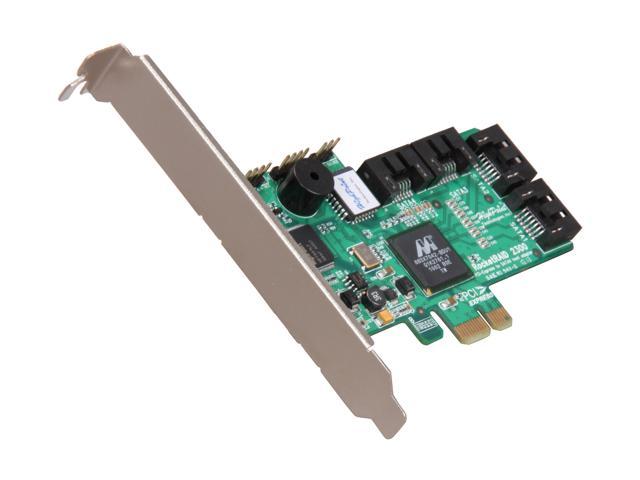Originally posted by npcomplete
View Post
I saw that supermicro, which was my other option, but requires about twice the money and twice the PCI slots.
Thanks for your input!



Comment